I am in my studio today, thinking about questions students have asked over the years, the one I want to discuss today, “Can you paint directly on raw canvas?” After doing a little research, I would like to offer my thoughts on this, and explain why, for the majority of us, the answer is no, don’t paint on raw canvas.
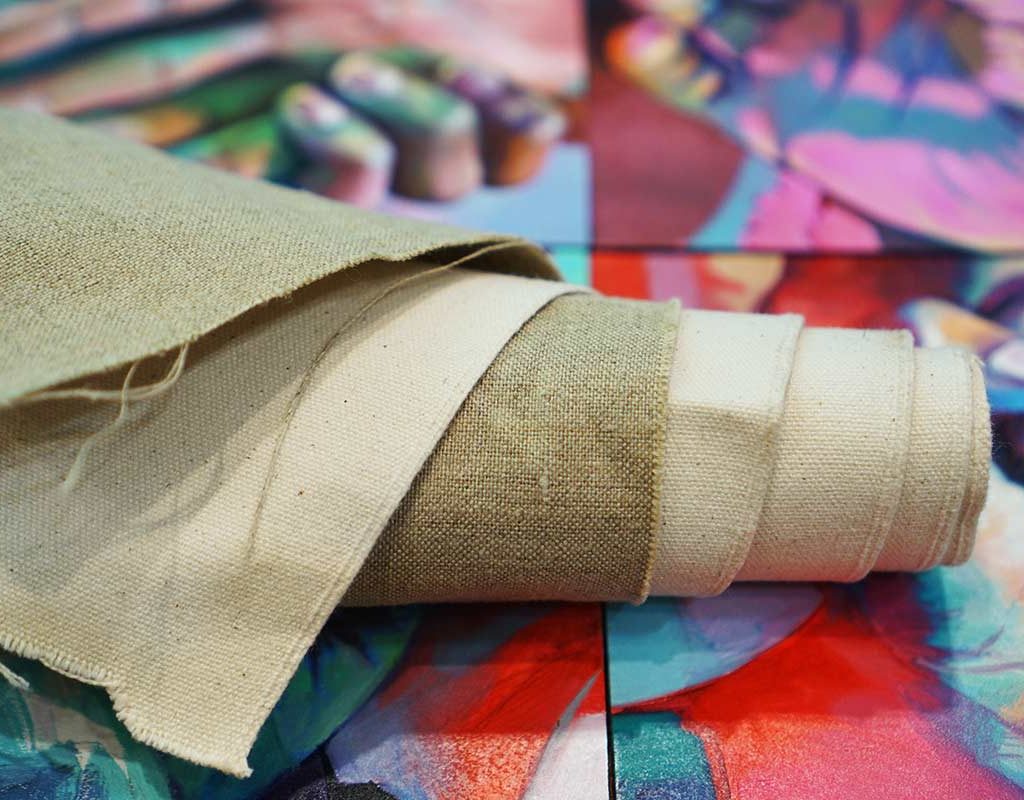
If you value the painting’s archival quality and if its longevity is your primary concern, then it is best to add a ground to your canvas. The ground is a protective and a structural layer that adds stability to the paint film, no matter if it’s oil or acrylic. Painting on unprimed canvas has archival and structural drawbacks that you should be aware of.
What is a ground?
A ground is the foundation of a painting. It adds rigidity to the support and a mechanical bond to help the subsequent layers of paint adhere to the surface. A ground acts as a barrier that helps protect the paint film from impurities in the canvas, and reflects light that passes through the paint film back to the viewer. In that way, a ground can significantly alter how colors are perceived. Two main types of grounds are:
- Acrylic Gesso – Acrylic polymer mixed with Calcium carbonate (chalk) and a pigment (usually Titanium white)*
- Oil Ground – Made from alkyd resin, titanium dioxide, and calcium carbonate *
*Acrylic gesso can be use as a ground for both acrylic and oil paintings, but oil ground can only be used under oil paint
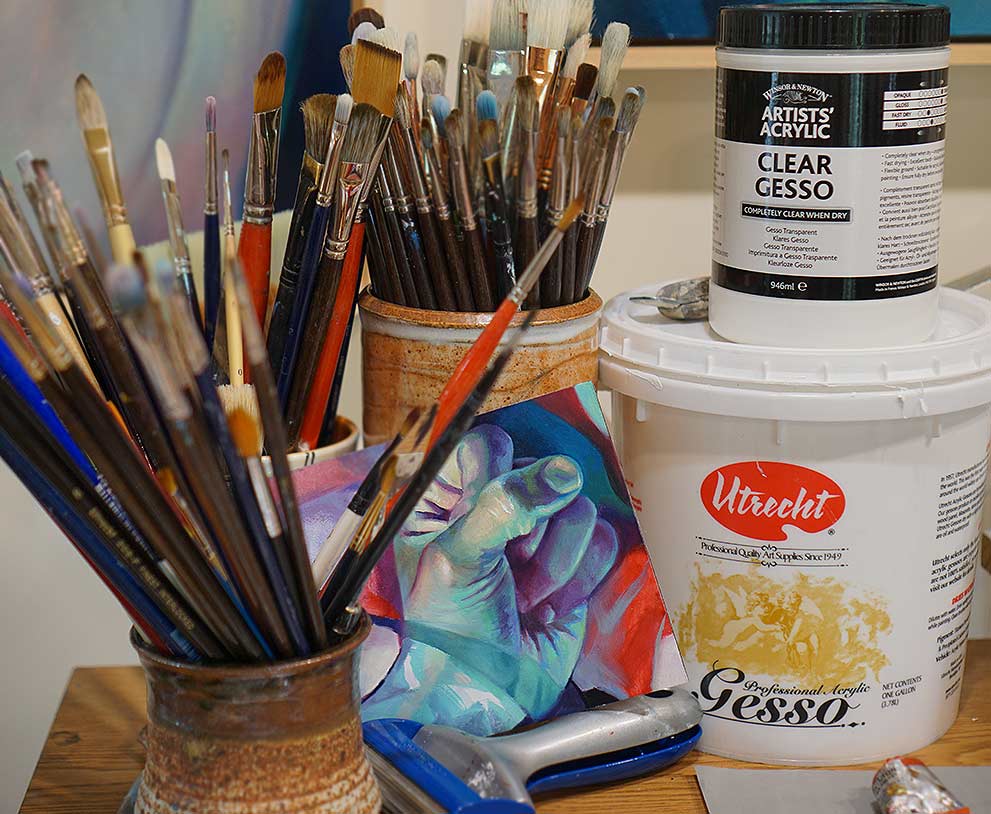
What is the Structure of a Painting?
A painting is built in layers. My paintings are broken into seven layers similar to the following:
- Support – ie, canvas, wood, aluminum, etc
- Sizing – PVA sizing or rabbit skin glue – Sizing is not needed if you are applying acrylic Gesso
- Ground – Acrylic Polymer Gesso or oil based
- Drawing – Charcoal, Conte or graphite
- Imprematur – Under painting in washes of Gamsol and Liquin
- Layers of Paint – oil or acrylic
- Varnish – A layer of resin that protects the painting from dirt and dust and evens out the painting’s final appearance.
To build a structurally sound painting, it is best to overlie more elastic and finer particles over a coarser and a less flexible surface. A ground brings strength and rigidity to the painting’s foundational layer and helps to resist cracking in the upper paint film layer. We have known for many many years how important a ground can be for oils. It adds strength and rigidity to the support as the oil becomes more brittle with age. Acrylic however, is very flexible. Perhaps then, it is safe to use on a flexible support like raw canvas? Unfortunately, no one knows because it has not stood the test of time.
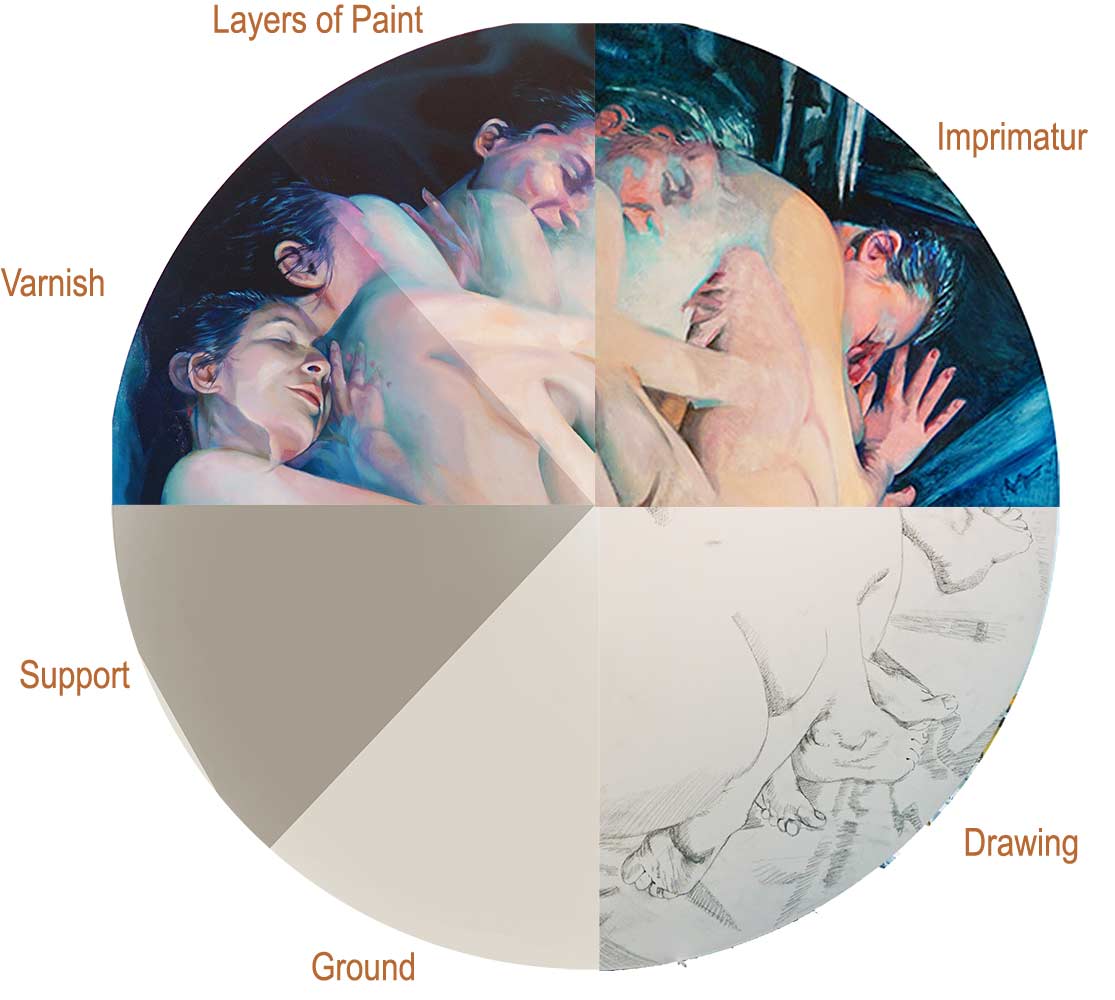
The Ground Protects the Canvas
An artist’s canvas is woven fabric, most commonly made of cotton or linen (flax). What happens to the canvas, happens to the painting if there is no ground, or barrier between the painting and the canvas. Let’s have a look at a few ways the canvas can damage the painting as it ages and deteriorates with time.
- Canvas fibers are organic and undergoes a process of oxidation as it ages, resulting in darkening and embrittlement. Linen is usually the stronger and more stable of the two, however, oxidation induced by high light exposure and ultraviolet radiation results in a color shift and darkening of the fibers of both cotton and linen.
- Exposed raw canvas can collect dust, dirt, mold, mildew and grime on its surface. This is especially true in part, because of its proclivity to absorb moisture from the atmosphere. How to care for your paintings.
- Stretcher Burn: I had never heard of this, but it makes sense that stains on a canvas can occur when the fabric comes into close or direct contact with a material (stretcher bars) that are undergoing their own degradation process. The acidic byproducts produced by the breakdown of the wood causes accelerated canvas degradation and result in a permanent browning of the canvas.
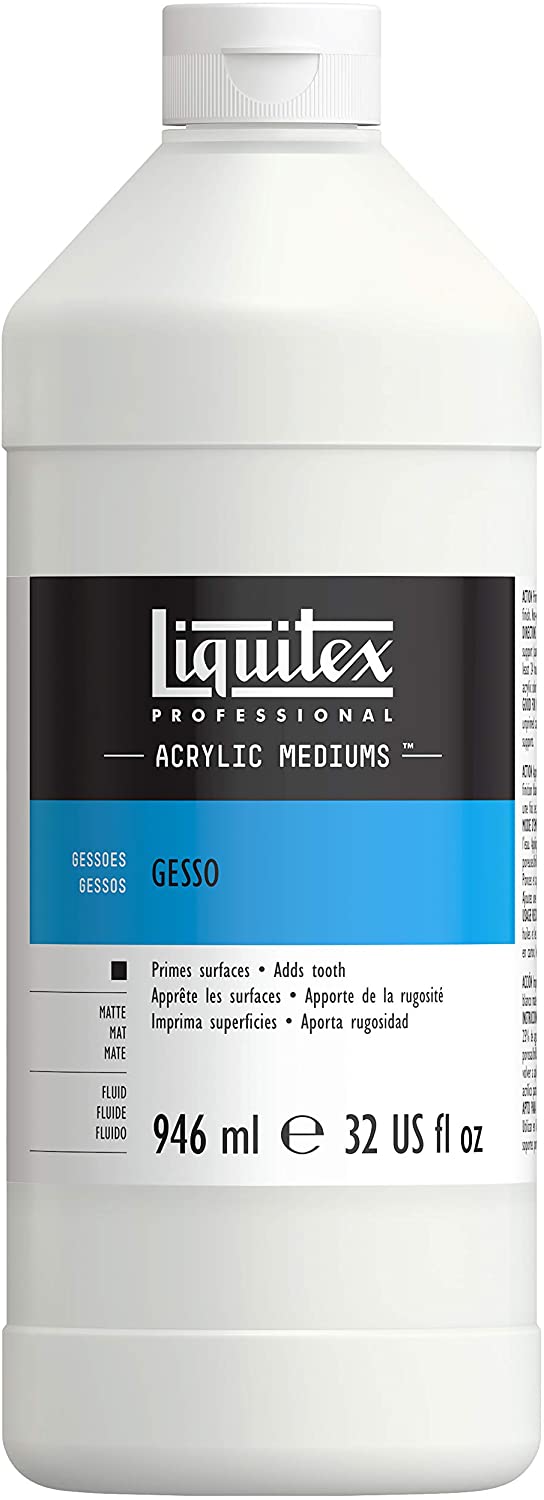
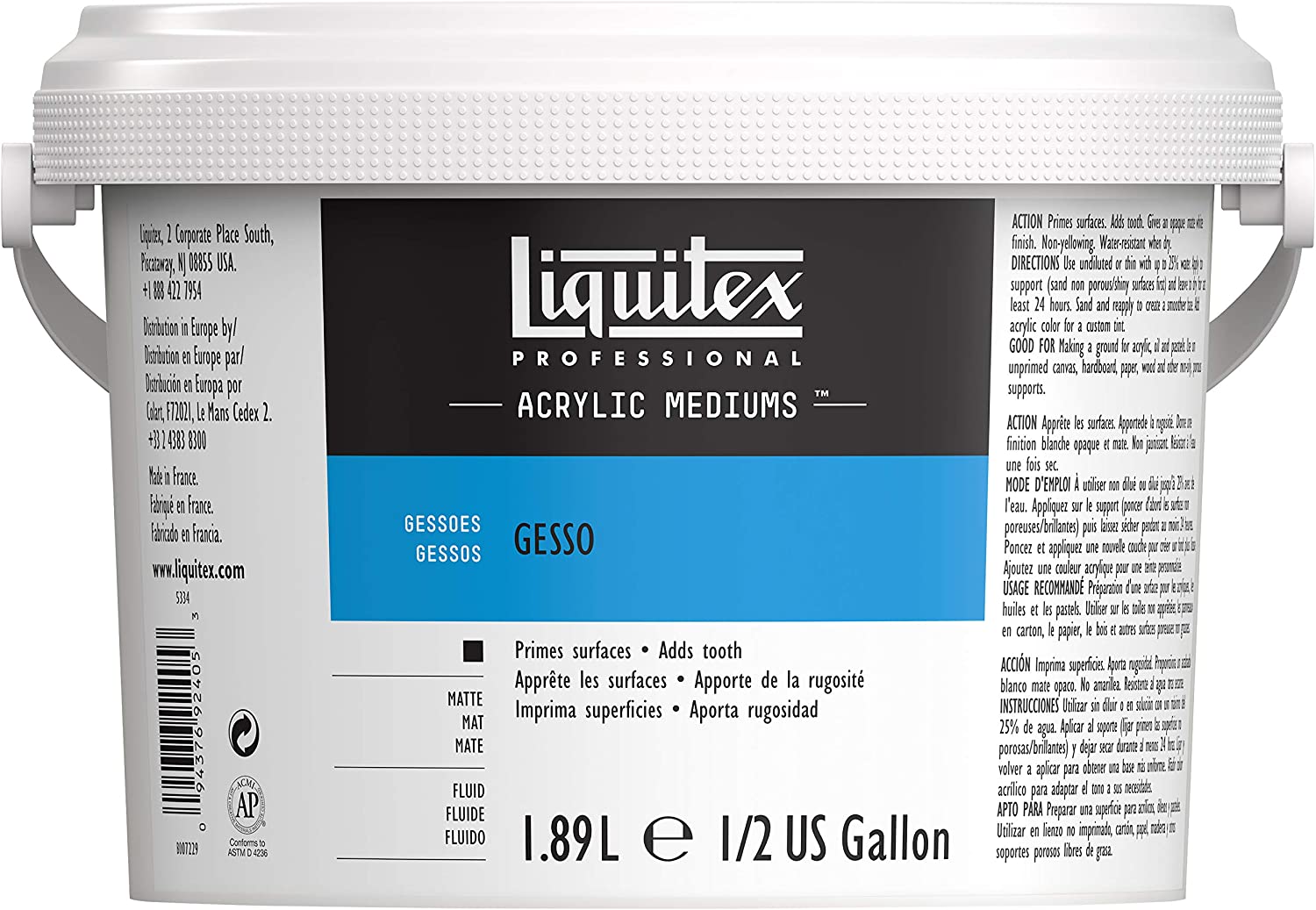
Both White and Clear Gesso Ground are available on Amazon.
The Ground Protects the Paint Film
It’s is well known that you MUST add a well made ground to canvas if you are painting in oils. High quality grounds will create a barrier between the painted surface and the canvas fibers and also help create a mechanical bond between the paint and the canvas. What happens if you paint on raw canvas? It will rot!
Oil paint should never come into direct contact with the fiber or the canvas will eventually rot, become weak, brittle and crumbly.
Page 290 – The Artists Handbook of Materials and Techniques, Ralph Mayer
When acrylics are painted directly onto raw canvas, the water content may draw impurities in the support and yellow or turn the paint medium brown over time. This is called Support Induced Discoloration (SID) I have found documentation from Liquitex and Golden that mentions this phenomenon and suggesting a primer will fix this issue.
Golden Paints
Support Induced Discoloration (SID) is a phenomenon that occurs in acrylic paints and mediums. Many common artist supports have impurities that can discolor a translucent acrylic gel layer or color glaze, and a size must be applied before gessoing to ensure the products stay clear as the films dry.
https://www.goldenpaints.com/
Liquitex
It occurs with all acrylic mediums currently used by major fine art paint manufacturers. Washing the canvas before use can greatly decrease or eliminate SID. It’s not a problem if the mediums are mixed with paint or painted over. The amount of discoloration in the acrylic medium will vary
https://www.liquitex.com/row/faq/
UPDATE! – Four months later
The image below illustrates how the canvas will yellow if it’s not primed with a ground first. The photo was taken after 4 months after the blue pigment was applied. The yellow halo is the linseed oil. Not only has the canvas turned yellow, but the blue pigment is beginning to also be effected.
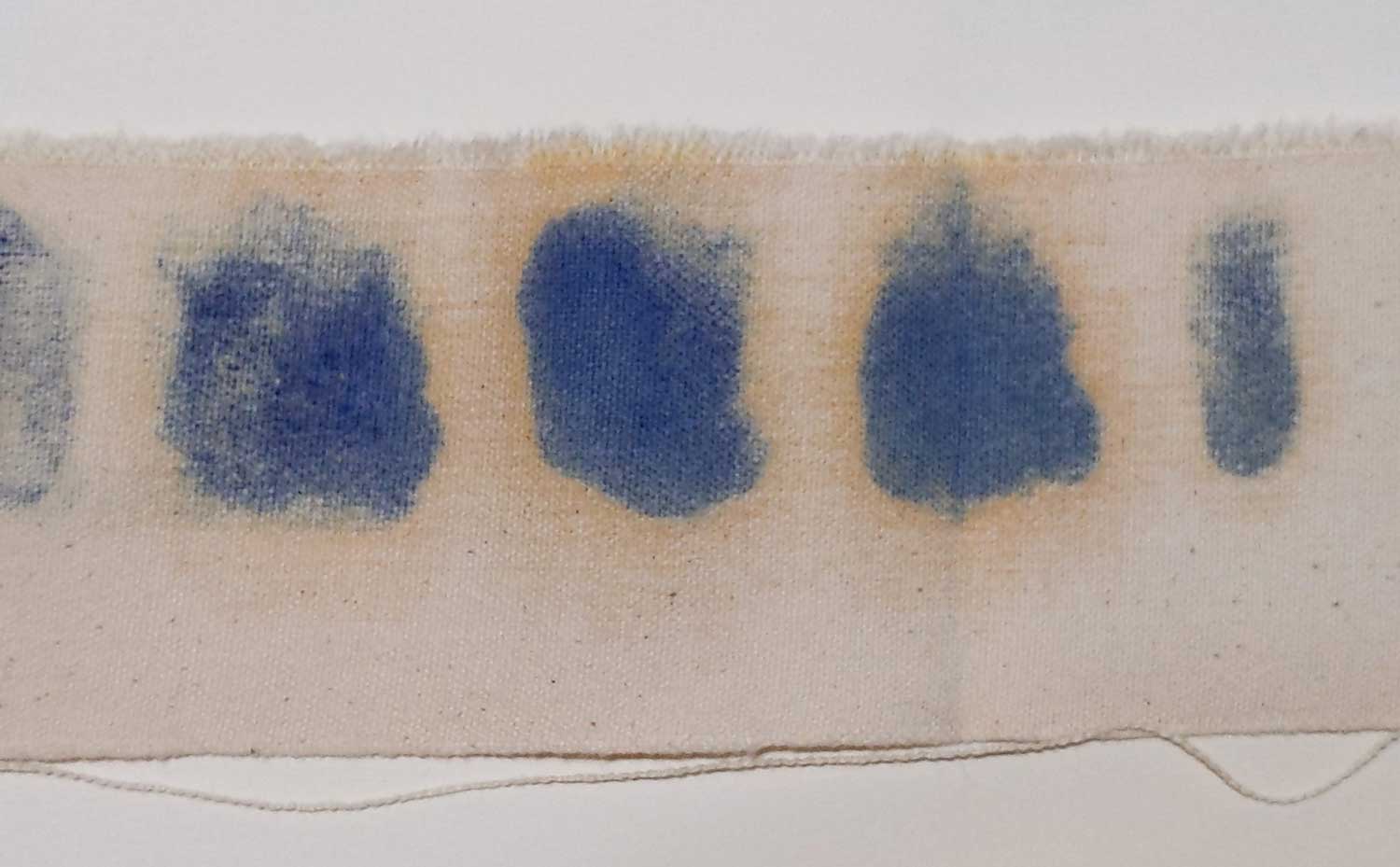
What Does it Look and Feel like to Paint on Raw canvas?
Oils:
Painting oils on raw canvas feels similar to painting watercolor on paper if you use a medium. The canvas absorbs the oil paint quickly, making it difficult to control and blend. As the oil is pulled into the fibers it will crawl to the back of the canvas and pool around the colors. I have also noticed that oil paint becomes firm quickly and appears cloudy or soft. This softening effect is due in part because the canvas soaks up the oils in the paint, and also because the rough texture of the canvas is more noticeable and softens the outer edges of all your brush marks.
Acrylics:
Painting acrylic on raw canvas is similar oils. But less dramatic. The canvas is not quite as absorbent. Careful with pooling of the pigment! It seems to dry unevenly – this is dependent on how much water you use – and if some parts of the canvas contains more water than the rest.
Use Clear Acrylic Gesso for a similar look to Raw Canvas!
Okay, I admit it! I have painted on raw canvas a number of times in both oil and acrylic. At the time, I liked working this way for aesthetic reasons primarily, but I also really liked working with the fabric’s texture, it’s raw un-primed color, and the way the pigment would stain and absorb into the surface. But these days, I would recommend using a clear gesso if you want a similar look and feel to raw canvas.
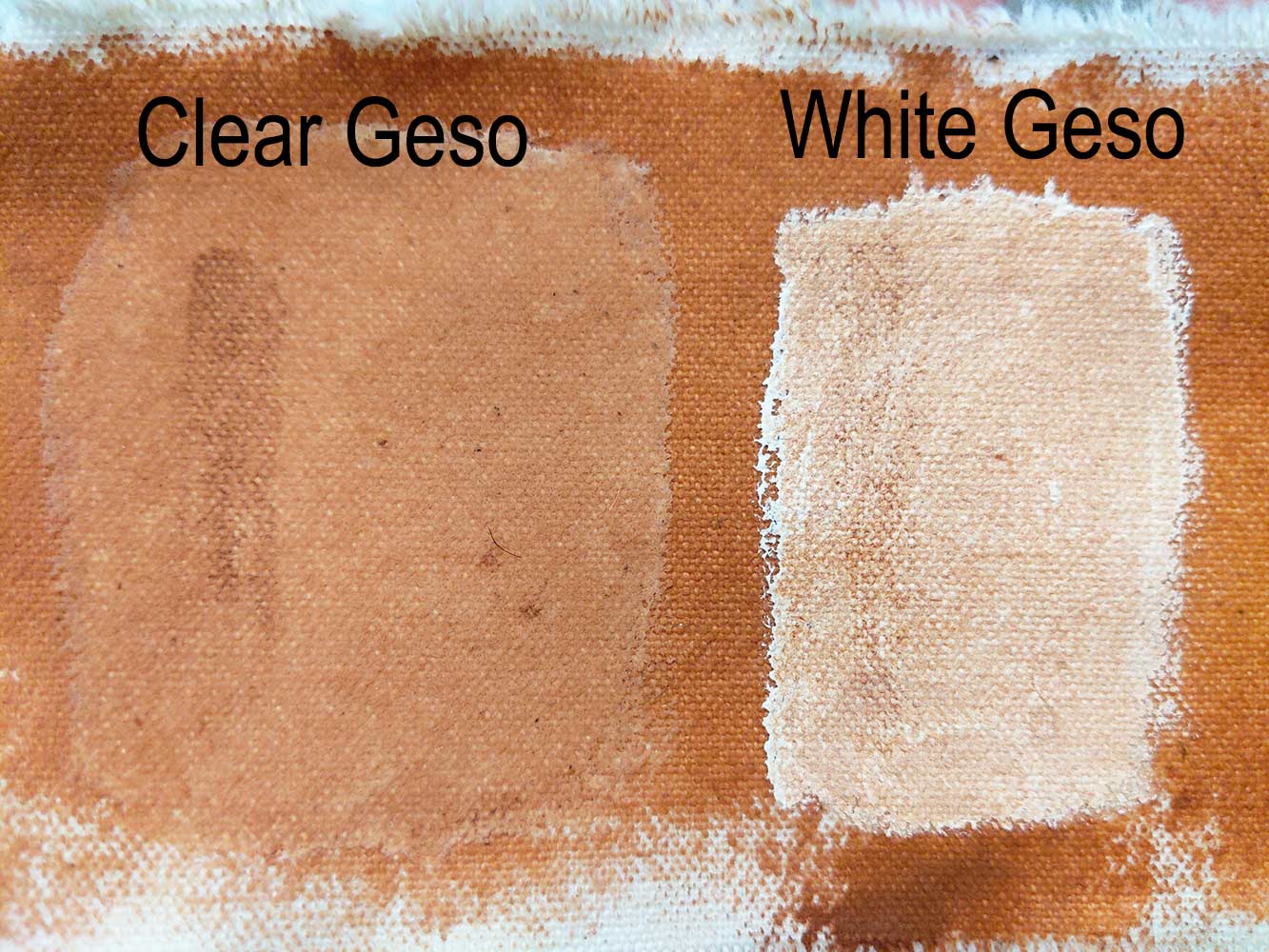
Famous Artists That Painted on Raw Canvas.
Morris Lewis
Francis Bacon
Sam Gilliam
Helen Frankenthaler
Kenneth Noland
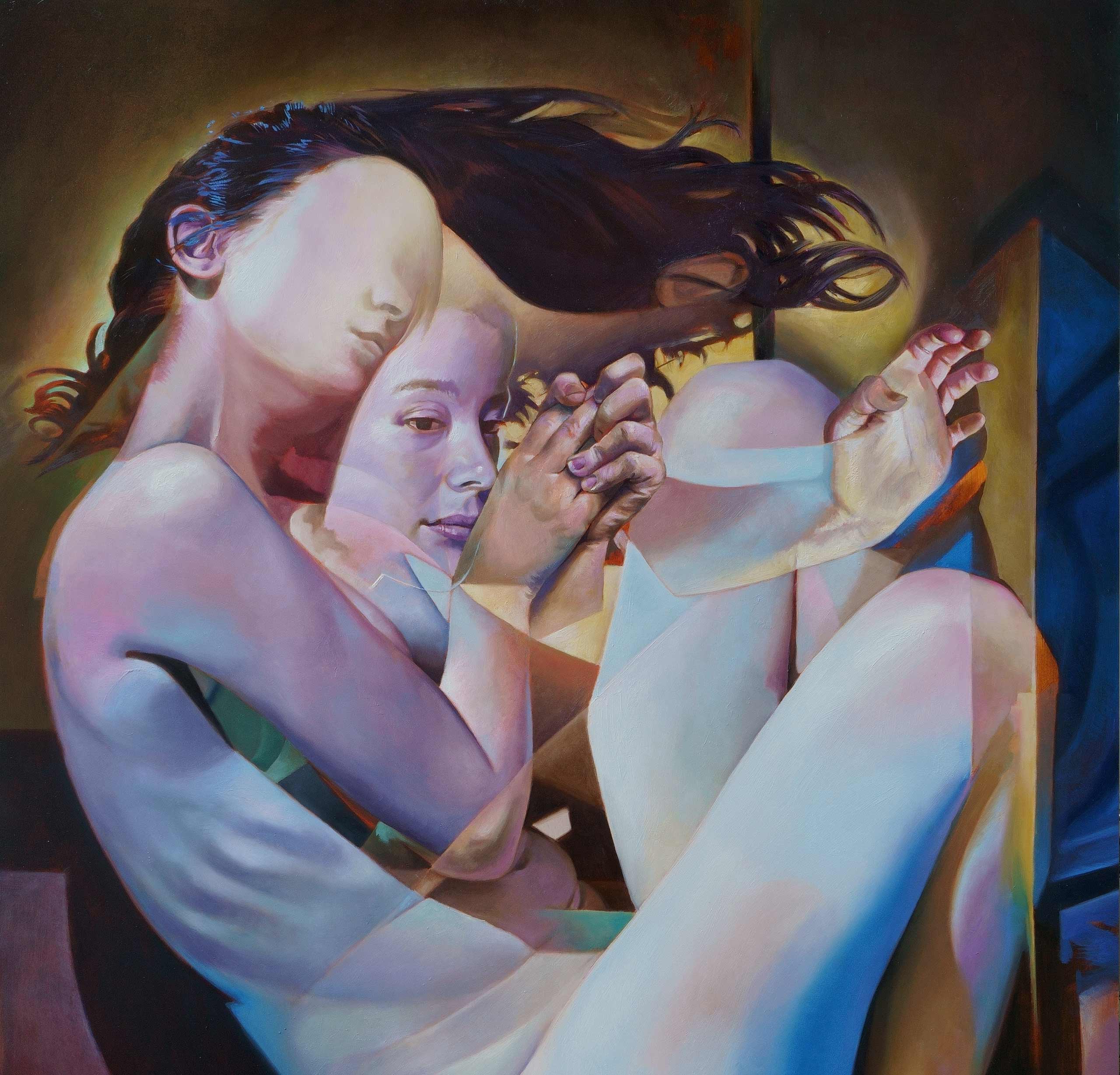
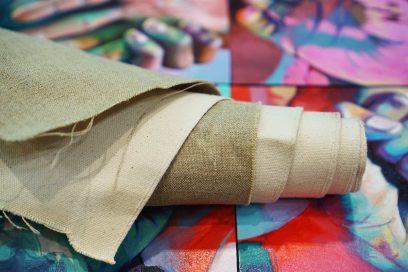
is there any evidence of Francis Bacon’s work ( or the others you listed) rotting?
The term “rot” was used in Ralph Mayer’s Artist Handbook. I think this may be better described as not ideal, or less suitable for a stable surface. But you can find many examples of how the canvas can change the look of the painting over time and effect adhesion. Check out J.E Russel’s exhaustive analysis in “A Study of the Materials and Techniques of Francis Bacon (1909-1992)” Go to page 204. She states: Paint is applied directly to raw canvas in Bacon‟s work, with the results that the oil medium is absorbed to some extent, leaving the paint underbound. She also mentions later color changes in the Article: “The sinking of oil into unprimed canvas can lead to increased acidity and darkening, and halos of oil staining where raw canvas is exposed.” Check out the full 550 page document here: https://core.ac.uk/download/pdf/4148915.pdf
Pingback: Abstract No. 21 x FKA Twigs, Cate le Bon, ancient rugs, etc. – AIRWELL PRESS